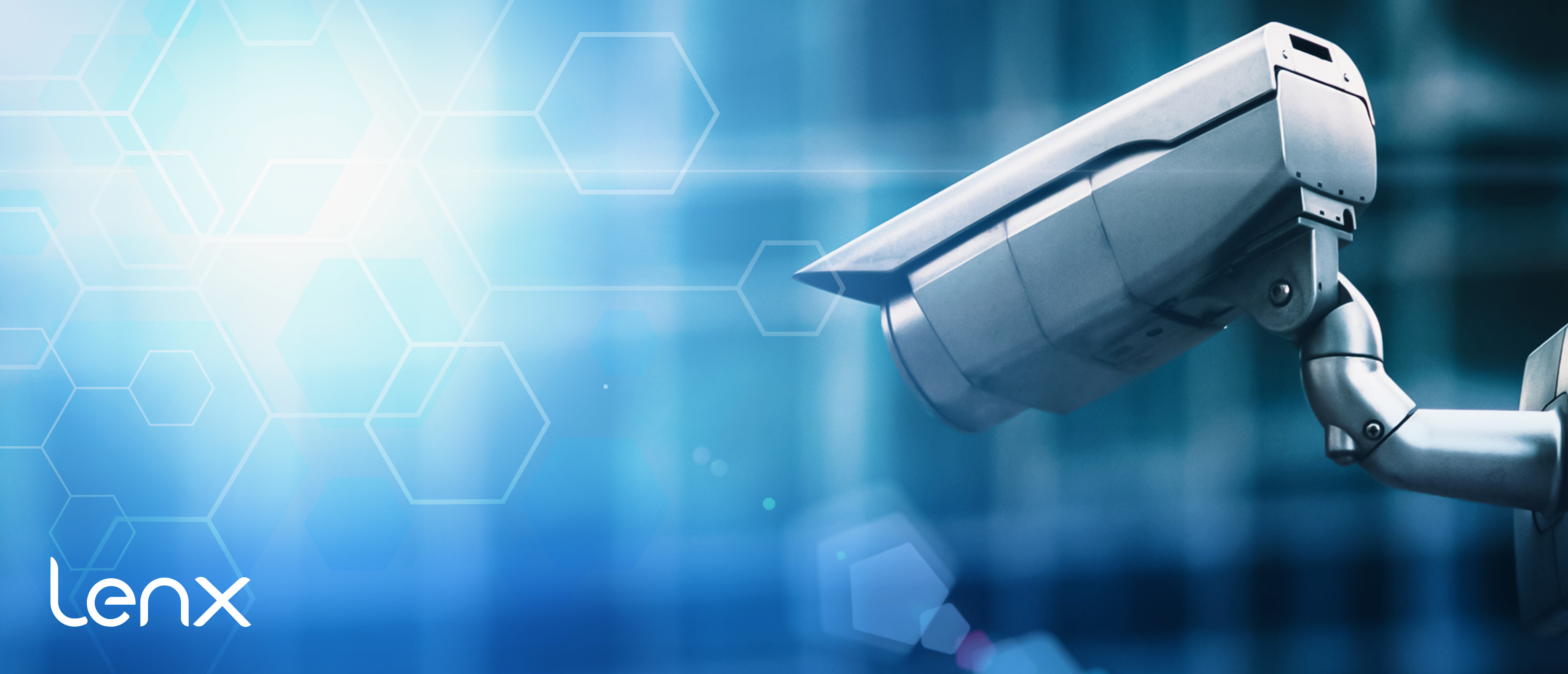
Costs To Take Into Account When It Comes To AI Security, Active Shooter Detection Systems
In an age where safety and security are at the forefront of everyone’s mind, Artificial Intelligence (AI) has become an invaluable ally. AI-driven security systems, especially those designed for active shooter detection, are rapidly becoming a crucial part of the security infrastructure for many businesses and public spaces. However, implementing such sophisticated technology comes with a range of costs that organizations need to consider. Here’s a breakdown of the expenses associated with AI security and active shooter detection systems.
Initial Investment in AI Security
When we talk about AI security costs, the initial investment is often the starting point for most businesses. This could include the purchase of hardware like cameras, sensors, and servers that are capable of running AI algorithms. Additionally, the software itself, which is the brain behind the gun detection and threat detection capabilities, can be a significant expense.
Hardware Costs
AI-enabled security cameras and sensors are more expensive than their traditional counterparts due to their advanced capabilities. They can process and analyze visual data in real-time, which is crucial for threat detection. Depending on the size of the area you need to cover, you could be looking at a sizable investment.
Software Licensing
AI security apps and systems often come with licensing fees. These fees can be based on the number of users, the scale of the deployment, or the specific features you require. It's important to understand the pricing model of the software to avoid any unexpected costs.
Maintenance and Upgrades
AI systems are only as good as the data they are trained on, and this data evolves over time. To maintain the effectiveness of an AI gun detection or active shooter alarm system, you need to invest in regular software updates and potentially hardware upgrades as technology advances.
Software Updates
Regular software updates are necessary to improve algorithms, add new features, and address any bugs or security vulnerabilities. These updates can sometimes come at an additional cost, depending on the vendor's pricing policy.
Hardware Upgrades
AI technology is advancing at a rapid pace, which means that hardware can quickly become outdated. To ensure that your AI security system remains effective and can handle the latest software updates, periodic hardware upgrades may be necessary.
Operational Costs
Beyond the initial setup and maintenance, there are operational costs to consider. This includes the energy consumption of running AI systems 24/7 and the potential need for dedicated personnel to monitor these systems, respond to active shooter alerts, and manage false positives that any threat detection system might generate.
Training and Implementation
Finally, an often-overlooked cost is the training and implementation phase. Staff needs to be trained not only on how to use the system but also on how to respond in the case of an alert. Furthermore, integrating the AI security detector into your existing security protocols can take time and resources.
In conclusion, while AI security and active shooter detection systems offer unparalleled benefits in threat detection and safety, the costs are multifaceted. Organizations must consider initial investments, ongoing maintenance, operational expenses, and the human element of training and implementation to ensure a seamless and effective security posture.

